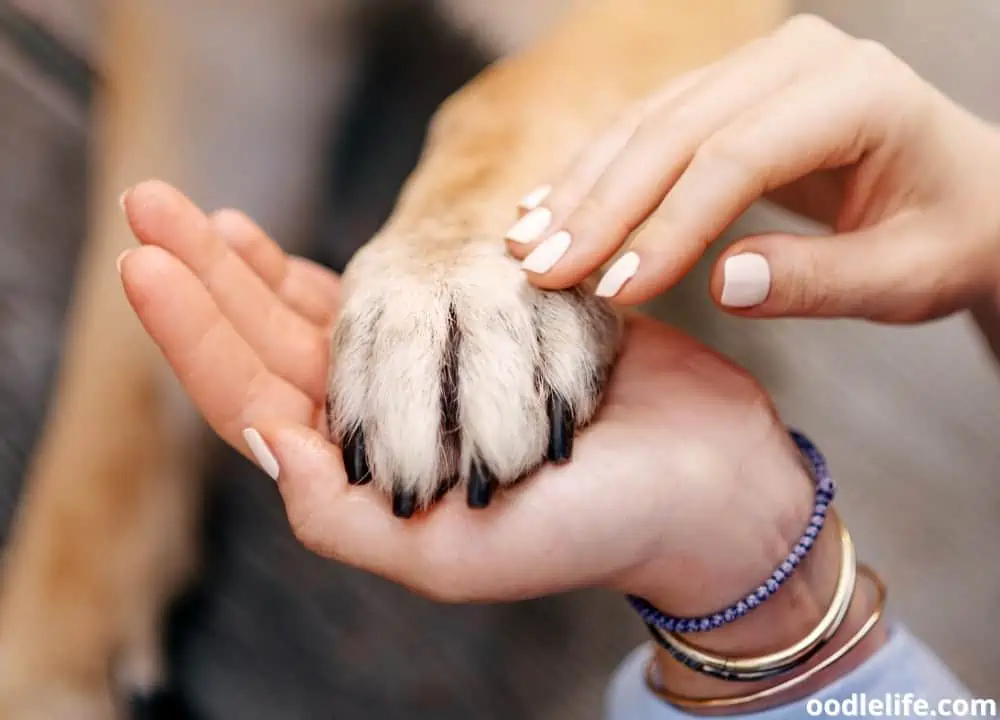10 Proper Czech Dog Commands To Teach Your Dog! (2025)
Are you ready to teach your canine companion some new tricks in Czech?
Well, grab some treats and let’s dive into these entertaining and common Czech dog commands.
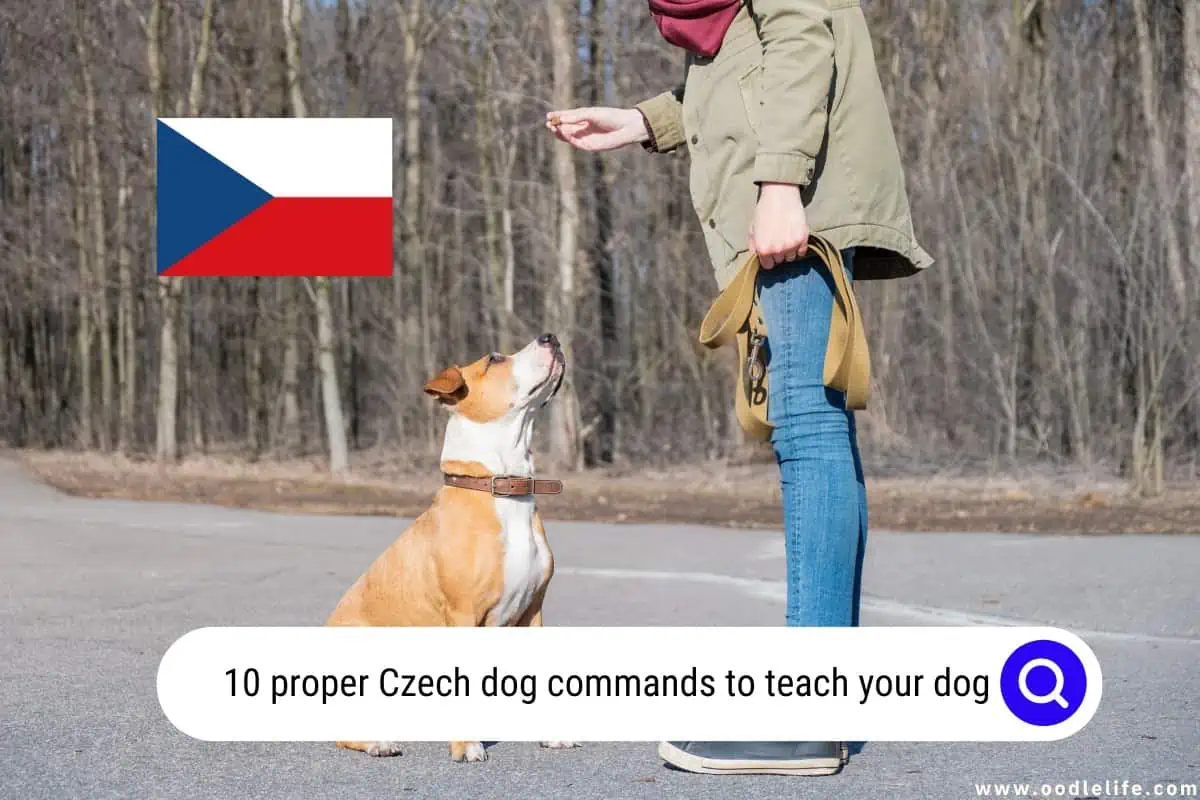
We’ll give you the command, its use, and pronunciation so you can start speaking to your dog in Czech right away!
“Sedni!” (Sit!) – [SED-nee]
One of the most basic commands, “Sedni!” is used to tell your dog to sit down. This command helps in teaching your dog basic obedience and calmness.
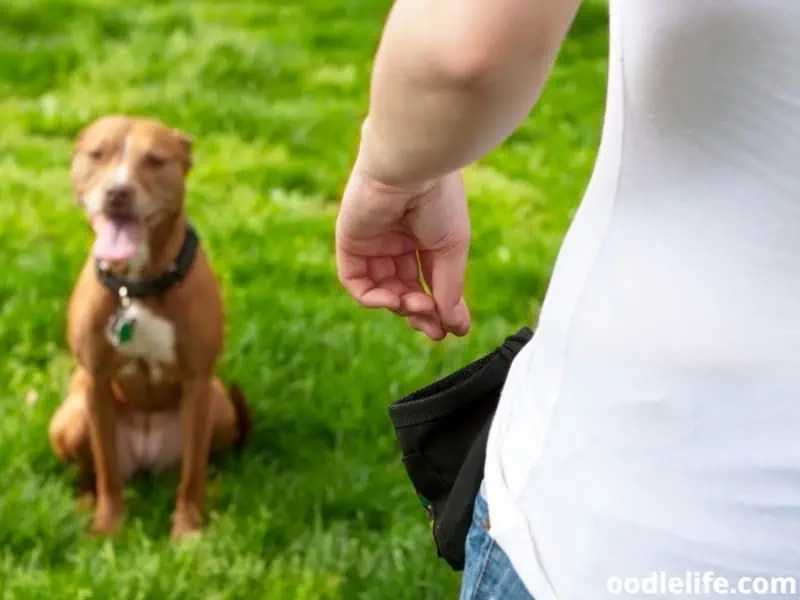
“Lehni!” (Lie down!) – [LEH-nee]
Similar to “Sedni!”, “Lehni!” is used to instruct your dog to lie down. This command is helpful in situations where you need your dog to be calm or submissive.

“Zůstaň!” (Stay!) – [ZOO-stahn]
When you want your dog to stay in one place and not follow you, use the command “Zůstaň!”. This is great for when you want to keep your dog in a specific spot or avoid them running off.

“Ke mně!” (Come!) – [keh-MNYEH]
“Ke mně!” is used when you want your dog to come to you. This command is essential for ensuring your dog’s safety and maintaining control in various situations.

“Aport!” (Fetch!) – [AH-port]
Teach your dog the fun and entertaining command “Aport!” to have them fetch a toy or object. This is an excellent way for your dog to engage in physical and mental stimulation.
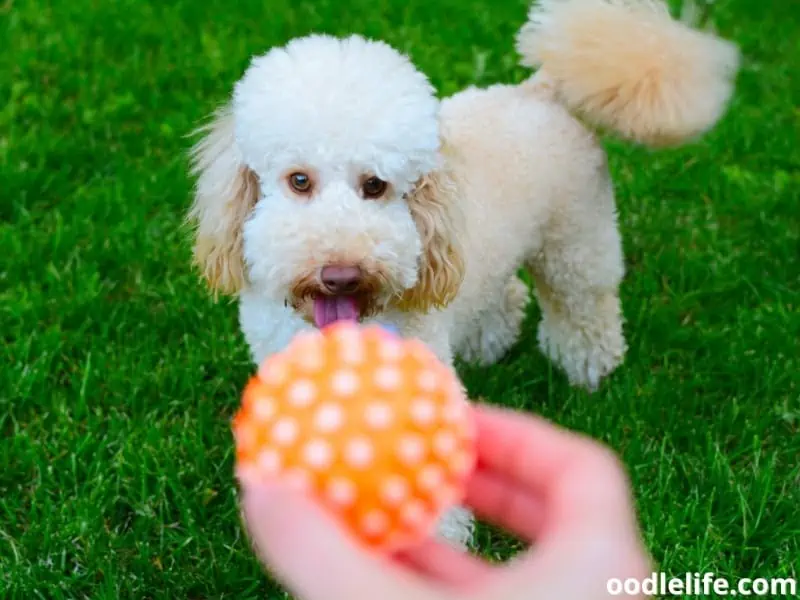
“Dej tlapu!” (Shake or Give paw!) – [day-TLAH-poo]
“Dej tlapu!” is a friendly command that teaches your dog to shake hands or give paw. This trick is perfect for impressing your friends and family.
“Chyt!” (Catch!) – [KHEET]
If you want to play catch with your dog, the command “Chyt!” will get them to jump and catch an object in mid-air. This command provides great exercise and bonding time with your furry friend.

“Dobře!” (Good!) – [DOH-brzheh]
To praise your dog for performing a command correctly, use “Dobře!”. This positive reinforcement will encourage your dog to keep learning and performing well.

“K noze!” (Heel!) – [koh-NO-zeh]
When you need your dog to walk closely by your side, use the command “K noze!”. This is particularly useful for maintaining control during walks and navigating crowded areas.

“Neskoč!” (Don’t jump!) – [NEH-skoch]
To stop your dog from jumping on you or other people, teach them the command “Neskoč!”. This is important for managing your dog’s behavior and keeping them well-mannered.

Advanced Commands for Police and Guard Dogs:
In addition to the basic commands mentioned above, police and guard dogs are often trained with more advanced commands to assist in their specialized duties. Some advanced Czech commands include:
“Hledej!” (Search!) – [HLEH-dye]
This command is used to instruct the dog to search for specific items or individuals. They are trained to sniff out drugs, explosives, or track down missing people.

“Chrání!” (Guard!) – [KHRAN-ee]
“Chrání!” is used to instruct the dog to guard a specific area or object. They will stay alert and deter any unwanted intrusions.

“Kousni!” (Bite!) – [KOH-snee]
In dangerous situations, police and guard dogs may be given the command “Kousni!” to bite and apprehend a suspect. This command is used only when absolutely necessary to ensure the safety of the handler and others.
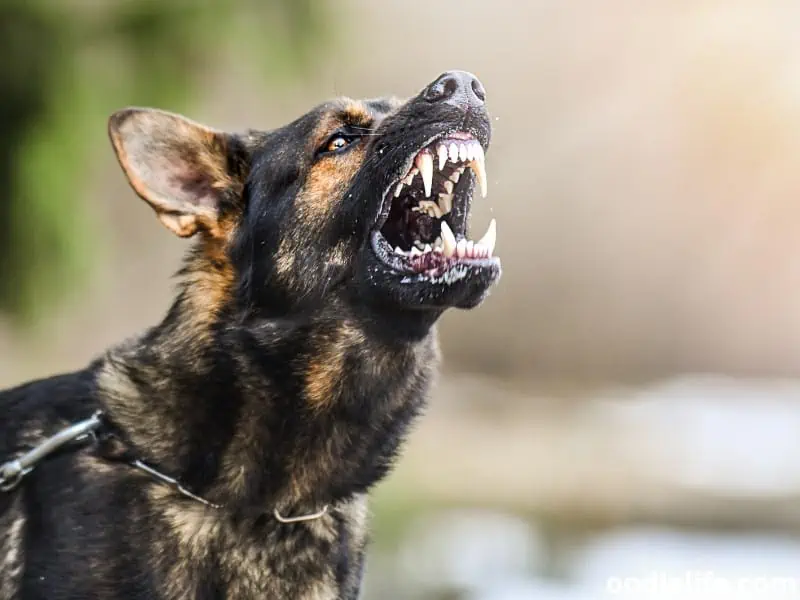
The reason why police dogs or guard dogs are sometimes heard taking commands in German and Czech in movies and real life is that these languages are known for their clear and distinct sounds, which make the commands easy for the dogs to understand and follow.
Furthermore, using a foreign language for commands adds an extra layer of security, as it prevents unauthorized individuals from easily issuing commands to the dogs.
Finally, German Shepherd dogs, which are popular breeds for police and guard dogs, have a strong historical connection to Germany and the Czech Republic, so these languages have long been used in their training.
Dangers of Training Your Dog in a Foreign Language:
While training your dog in a foreign language like Czech may seem like a fun and engaging activity, it is important to be aware of the potential dangers and drawbacks associated with this approach.

Here are some points to consider:
- Miscommunication: If you’re not fluent in the foreign language, there’s a higher risk of miscommunication between you and your dog. Mispronouncing or using incorrect commands may confuse your dog and hinder their learning process.
- Inconsistency: Consistency is key when training your dog. Switching between languages or using commands in different languages may lead to confusion and inconsistency, making it difficult for your dog to understand and follow your instructions.
- Emergency Situations: In case of an emergency, it may be challenging for other people to handle or control your dog if they don’t understand the foreign language commands. This can be particularly concerning if your dog gets lost or if you need someone else to care for them temporarily.
- Veterinary Care: Veterinarians, groomers, or other pet care professionals may have difficulty working with your dog if they cannot effectively communicate using the foreign language commands. This could lead to stress and potential complications during routine appointments or procedures.
- Socialization: Training your dog in a foreign language may limit their socialization opportunities with other dogs and their owners. Interacting with other dogs and people is essential for your dog’s overall well-being, and using uncommon commands may make it difficult for others to engage with your pet.
- Training Resources: Finding quality resources like training books, videos, or professional trainers that specialize in the specific foreign language may be more challenging. This can hinder your ability to access the right tools and guidance for effective training.
While training your dog in a foreign language can be an exciting and unique experience, it’s essential to weigh the potential dangers and challenges against the benefits.
If you decide to proceed, be prepared to invest time and effort in learning the language and commands properly to ensure a positive and successful training experience for both you and your dog.
Czech Dog Training Takeaways
Now that you’ve learned these entertaining and common Czech dog commands, you’re ready to start training your furry friend! Remember, practice makes perfect, so keep working on these commands until your dog masters them. Soon, you’ll have a well-behaved and bilingual canine companion.
